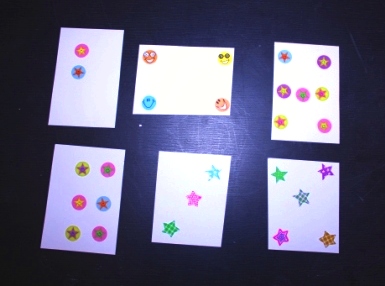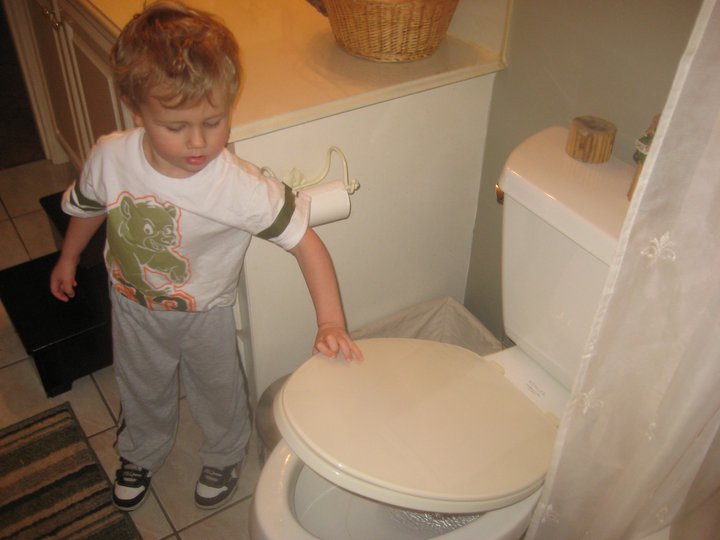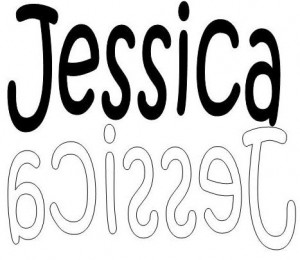Every time I see dominos I think about my friend’s set of HUGE dominoes that she stored in a math bucket; she always seemed to find a use for them.
For us, as adults, when we play a dice game or domino game we don’t have to count the number of dots to find out how many spaces to move or what number of dots is a match. This is mainly because we have stored the group of dots in our minds with a number that it represents. And by knowing that, we can use this strategy to take shortcuts to counting, to compare sets of numbers, and much more.
So, it is important for children to become familiar with dominos and cards that have groups of dots that are consistent with number amounts because children can begin to understand number sets spatially after lots of practice. Children need the same repetition when it comes to seeing groups of objects representing a number. But, for the first several times using number set cards or toys, children will need to count them to learn why a number represents that many dots on the game piece.
A way to help children begin to wrap their minds around this subject is by seeing how a domino is made and by MAKING one on their own.
I used small blank index cards and stickers that I already have in my house. Maybe you have cardstock and stamps or hole reinforcements. Whatever you find to use, you will model how to make a domino FIRST by arranging the stickers and then allow your little one to make one in the same way you arranged the stickers. I model my arrangements after dominoes because it makes it easier for consistency.
Excuse the photography, but here is a set I made with a 3 year old little friend of mine 🙂






